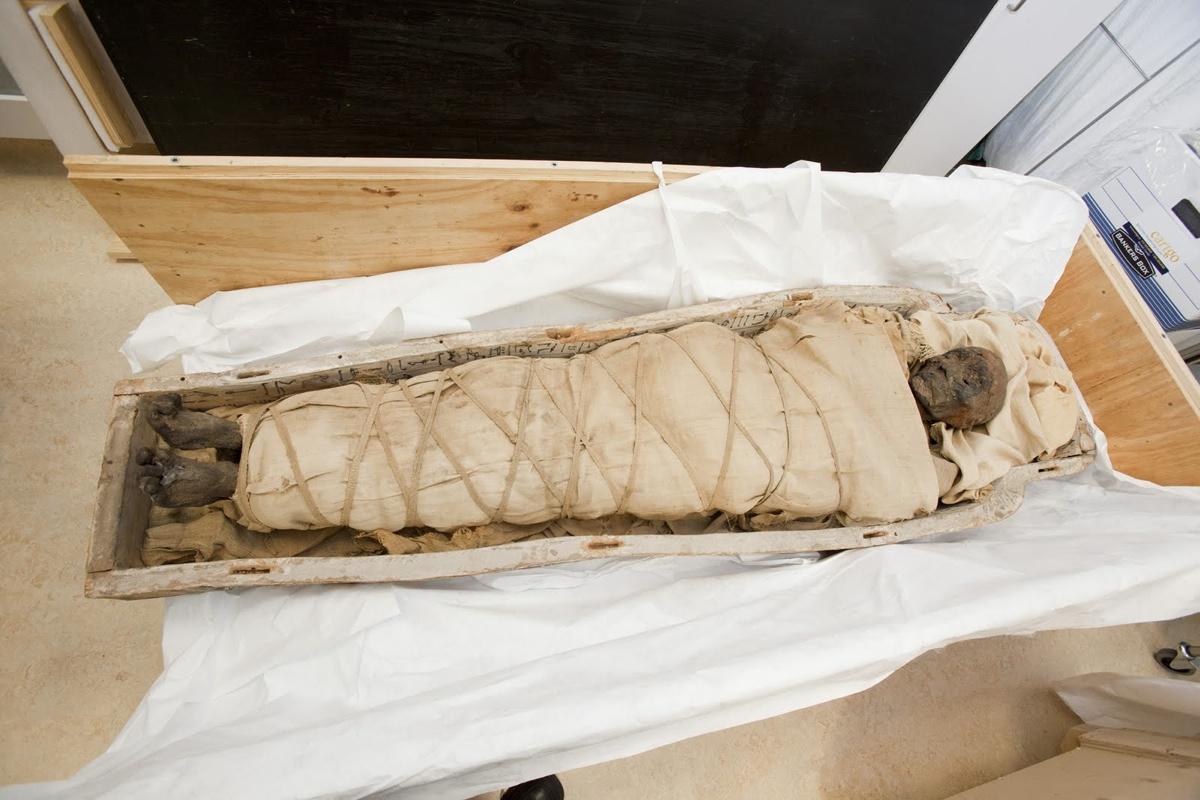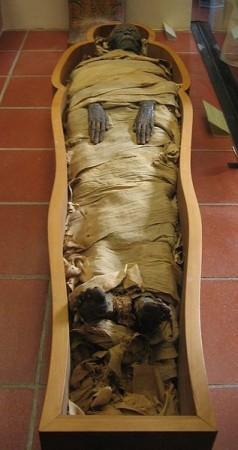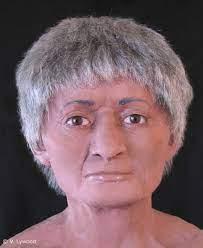An ancient Egyptian mummy found with an intact brain, but no heart, has a plaque on her abdomen that may have been intended to ritually heal her, say a team of researchers who examined the female body with CT scans.
The woman probably lived around 1,700 years ago, at a time when Egypt was under Roman rule and Christianity was spreading, according to radiocarbon dating. Her name is unknown and she died between age 30 and 50. Like many Egyptians, she had terrible dental problems and had lost many of her teeth.
The use of mummification was in decline as Roman culture and Christianity took hold in the country. But this woman and her family, apparently strong in their traditional Egyptian beliefs, insisted on having the procedure done. [See Images of the Ancient Egyptian Mummy & Weird Plaque]

To remove her organs, the scans show, the embalmers created a hole through her perineum and removed her intestines, stomach, liver and even her heart. Her brain, however, was left intact. Spices and lichen were spread over her head and abdomen, and she was wrapped and presumably put in a coffin; her final resting place was likely near Luxor, 19th century records say.
Before the embalmers were finished they filled the hole in the perineum with linen and resin. They also put two thin plaques similar to cartonnage (a plastered material) on her skin above her sternum and abdomen, something that may have been intended to ritually heal the damage the embalmers had done and act as a replacement, of sorts, for her removed heart.
“The power of current medical imaging technologies to provide evidence of change in ancient Egyptian mortuary ritual cannot be understated,” writes the research team in an article to be published in the “Yearbook of Mummy Studies.” While the technology is powerful it does have some limits. The presence of spices and lichen on the head were first found in the 19th century when the head was unwrapped. The CT scans revealed that they are likely also located on the mummy’s abdomen, a determination aided by this unwrapping.

The mummy and its coffin — now at the Redpath Museum at McGill University in Montreal — were purchased at Luxor in the 19th century. Scientists aren’t sure if the coffin she is in now was originally meant for her. Antiquity dealers in the 19th century would sometimes place a mummy into a coffin from another tomb to earn more money. Coffins were also sometimes reused in antiquity.
What happened to the heart?

The heart played a central role in ancient Egyptian religion, being weighed against the feather of ma’at (an Egyptian concept that included truth and justice) to see if one was worthy of entering the afterlife. For this reason, Egyptologists had long assumed the Egyptians didn’t remove that organ, something that recent research into several mummies, including this one, contradicts.